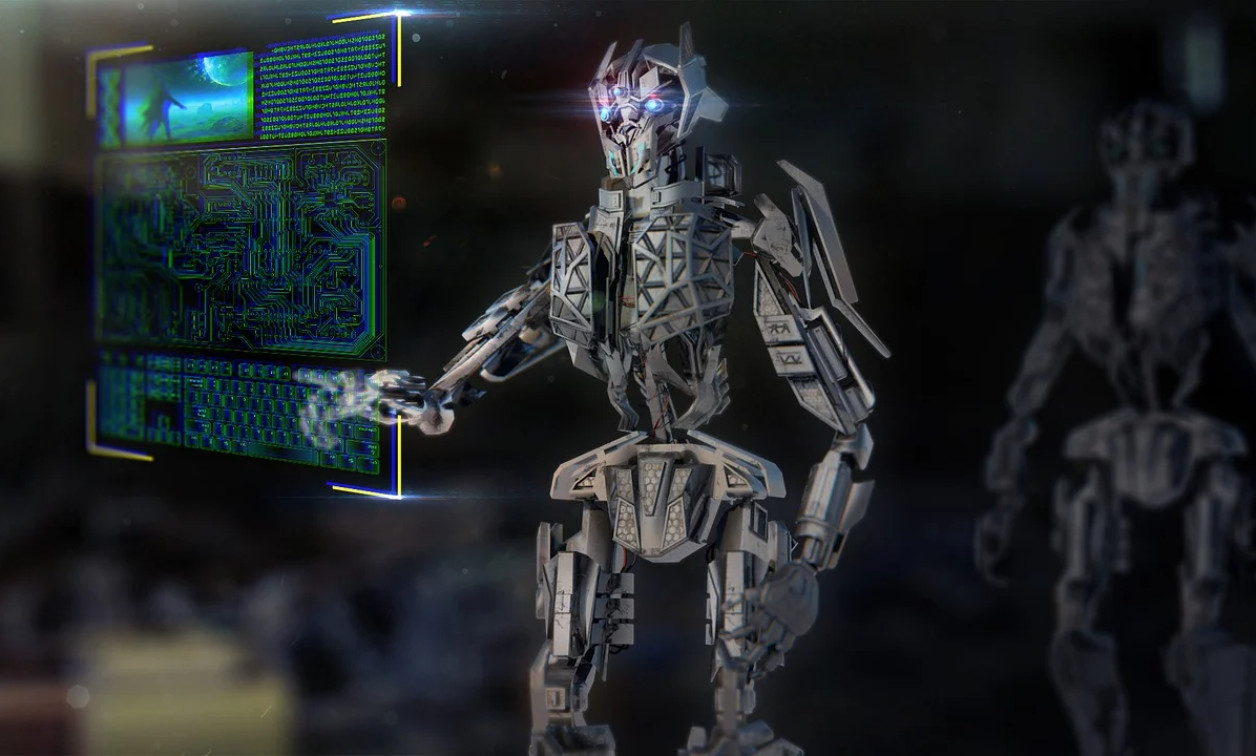AI research aims to develop deep-learning architecture for warfighters
NewsNovember 18, 2020

ADELPHI, Md. Researchers at the U.S. Army’s corporate research laboratory developed an artificial intelligence (AI) architecture that can learn and understand complex events with the intent to enhance the trust and coordination between human and machine needed to complete battlefield missions.
The overall effort, worked in collaboration with the University of California, Los Angeles and Cardiff University, and funded by the laboratory’s Distributed Analytics and Information Science International Technology Alliances, aims to address the challenge of sharing relevant knowledge between coalition partners about complex events using neuro-symbolic AI.
According to researchers, this new neuro-symbolic architecture is designed to enable injection of human knowledge through symbolic rules while leveraging the power of deep learning to discriminate between the different primitive activities.
Researchers claim that two different approaches have been developed to enable learning at the neural layers by propagating gradients through the logic layer. The first, Neuroplex, uses a neural surrogate for the symbolic layer. Second, DeepProbCEP, uses DeepProbLog to propagate the gradients.
Officials believe that the research directly supports the Army Priority Research Area of AI by increasing speed and agility in which warfighters respond to imminent threats. The work also aims to support network command, control, communications and intelligence by fostering trust between AI and human soldiers.






